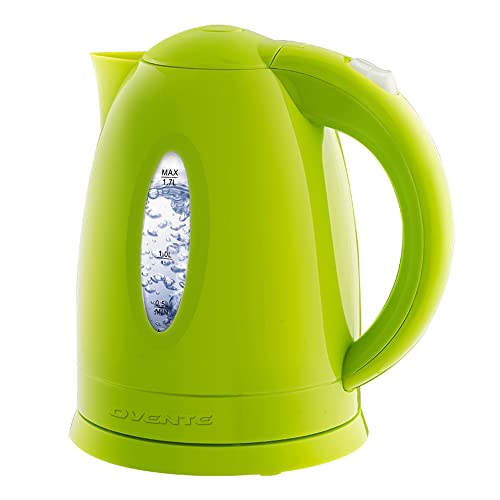All About Horse Sweat
Horse sweat is something we are all familiar with as horse lovers – nothing like having your horse come back from a workout with a drenched saddle pad, shaving cream foam between the hind legs, and that sweet smell. You know you have some critical tasks at hand – cooling your horse, re-hydrating your horse, and some major laundry.
jump to shopping
Just in case anyone was wondering, here’s the scoop on how horses sweat and why it’s so critical to manage their temps and hydration.

Sweat will foam as a result of friction foaming up the latherin present. It’s NOT a sign that the horse is overworked – it only means that latherin is doing its job.
Horses, like humans, sweat as a response to heating up.
- Sweat is produced as an effort to cool the body by evaporation. Pretty logical and straightforward, right? Yes, until you add in some humidity in the air. Humidity creates an environment where the sweat has nowhere to evaporate because there is too much moisture in the environment already. This happens at about 75% humidity or when the temp + humidity is over 140. It’s also the conditions that your own hair-do can never recover from, but it’s a bit more serious for horses.
When these conditions are met, you have the potential for giant problems. Your horse will still be hot, so he will still sweat.
- This means more lost fluids and more lost electrolytes, and he will head down the road to dehydration. As he loses fluids, his body will say, “stop losing fluids”, and his blood vessels will constrict.
- This also prevents heat from escaping, so he’s going to heat up instead of cool down. Now, if he continues to work, it’s going to be much harder for him than if he’s not hot and dehydrated, he will need to use more energy to do what normally takes him very little energy.

Horses must keep drinking – especially when they’re sweaty
Now let’s add electrolytes into the mix. Electrolytes are salts that help control muscle and nerve function.
- This means that their heart, muscles, GI system, and brain are all affected by electrolyte balance. During sweating, electrolytes are lost. Excessive electrolyte loss can even be seen and smelled – it creates a foam that has a sweet smell to it from the latherin in sweat.
- You typically see foam in between the hind legs or where the reins lay on the neck. The friction causes the foaming action. For more on electrolytes, read this one!
- ***Foamy sweat doesn’t mean a horse is overworked. It means your horse is sweating and there is friction. The sweat means your horse is losing electrolytes.****
Horses are also a bit unique in that their sweat glands love to leak out sodium and chloride (Na+ and Cl-), more so than humans or other animals.
- They can also lose about 4 gallons of water per hour during exercise (depending on duration, humidity, level of exercise, etc.)
- Considering the average horse drinks 10 to 20 gallons of water a day, this loss is quite significant.
- It is also complicated by the thirst triggering mechanism in the body – which is signaled by an INCREASE in salt concentration in the blood.
However, since horses lose so much salt through their sweat, their salt concentrations in the blood can actually decrease, and their brains will not get the signal to drink.
- The other mechanism that signals thirst is a loss of blood volume, which reaches dangerous levels, and then the horse is signaled to drink.
- Either way, your horse can lose valuable salt and water before he gets the signal to drink.
So – when your horse sweats, you have two things to worry about – water and electrolytes.
- It’s your job to replace electrolytes, which is easily done with any number of electrolytes on the market.
- A favorite thing of electrolyte manufacturers is to add sugar, I avoid that like the plague and opt for a sugar-free version.
- If you are unsure about your brand of electrolyte, read the label. Any sugars will end in -ose, like dextrose.
- And let your horse drink after a workout! The sooner the better. It’s totally safe and even encouraged to let your horse refill after sweating.

The hind legs can sweat quite a bit, and the sweat under the saddle pad can drip down your horse’s belly.
In the next few articles, we will tackle replacing water and electrolytes, as well as cooling off after exercise!
Stock up here for your horse supplies! As an Amazon Associate, I earn from qualifying purchases, but it’s ZERO extra cents to you. You can also visit my Amazon storefront here: PEG storefront.
Every horse owner needs a digital thermometer for fast and accurate vital signs
Keep your horse's water and noms warm this winter.
Thank you!
























